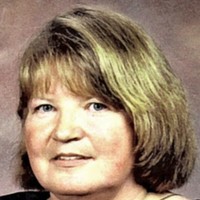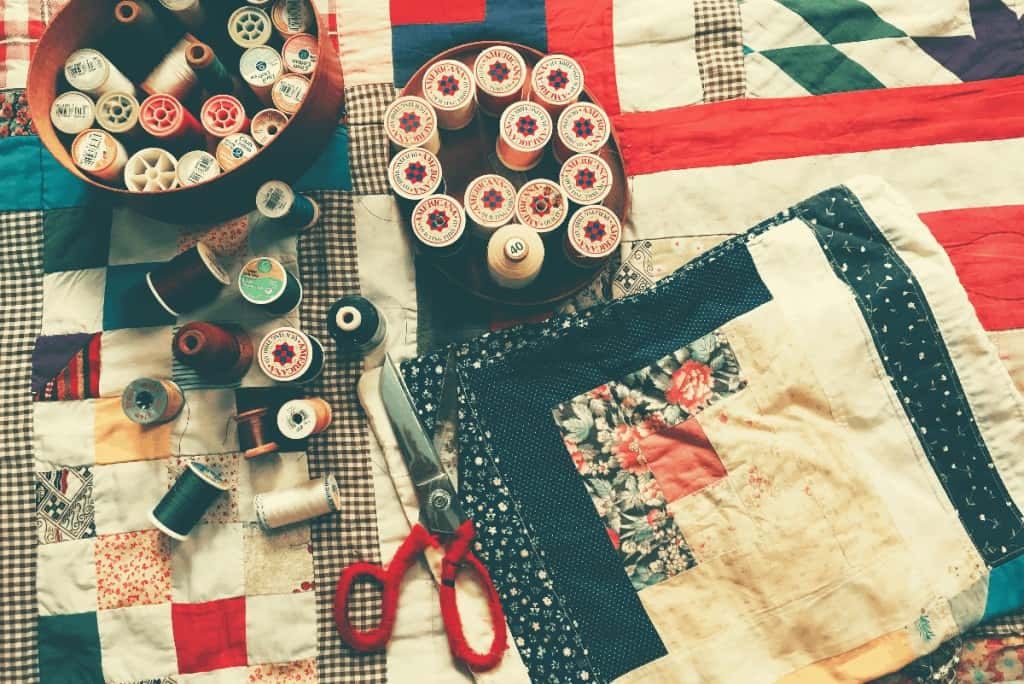When it comes to quilting, an ordinary sewing machine doesn’t always cut it. With a lack of space for large projects and few options for customization, these machines limit what you can do. Meanwhile, long-arm machines are expensive and too enormous to be practical in your home.
Luckily, a mid-arm quilting machine offers a perfect balance between a small device’s convenience and portability and the industrial power and versatility of a long-arm one.
Everything You Need to Know About Using a Mid Arm Quilting Machine
Using a mid-arm quilting machine comes with plenty of advantages. While you may find choosing one a challenge, they are worth the effort thanks to the quality of stitching they produce.
What are the Advantages of Using a Mid Arm Quilting Machine?
Mid-arm quilting machines hit the sweet spot between domestic and long-arm devices, offering several benefits, including a large work area, programmable patterns, and built-in features to enhance skill and convenience.
More Space
When making quilts, ample space to spread out the fabric is crucial. In particular, a large throat size to accommodate thick materials and multiple quilt layers make mid-arm machines much more useful than small ones.
Extended Work Space
Extension tables and frames attach to mid-arm machines, allowing for a more spacious work area than you would get with personal sewing machines.
Stitch Regulation
A stitch regulator continuously adjusts your machine’s stitch speed during quilting, helping you create professional-grade work with even stitches. You can only find stitch regulators with mid or long-arm machines.
Built-In Bobbin Winder
Bobbin winders make sewing a seamless process. You never have to stop stitching in the middle of a project to wind a bobbin; instead, you can rewind it while sewing. You also don’t have to worry about winding one manually, which takes up time otherwise used for crafting.
If you are new to quilting, don’t be overwhelmed by technical terms like the bobbin or presser feet. Check out this video for a quick rundown of common tools and terminology.
Versatility
Mid-arm quilting machines offer the most versatility of all types of sewing machines. You can accomplish almost any stitching project, whether tailoring, dressmaking, or quilting, which means crafters get more space and customizations with the ease of a portable, lightweight machine.
Programmable
The ability to program stitch patterns into your mid-arm machine saves you time during projects. You can create a stock pattern, save it in your machine, and then return to it, using it as is or adjusting it for more customization.
Several machines even connect to the Internet, which allows you to view tutorials for new techniques, download patterns, and receive updates to keep your machine running in premium condition.
Attributes to Look For in a Mid-Arm Quilting Machine
There are several qualities to look for in a mid-arm quilting machine that will allow you to create large projects to your exact specifications.
Can Make an Accurate Quarter-Inch Seam
The quarter-inch seam is the building block of quilting. It prevents edges from fraying, maintains a neat and consistent stitch, and keeps the fabric in place. This type of seam is also secure, delivering a lasting hold.
If you plan on using your sewing machine for quilting, we recommend selecting one with a quarter-inch foot, which provides a guide to accomplishing a perfect quarter-inch seam.
Throat Size
One of the most crucial aspects of a mid-arm machine is the throat size or the space between the needle and the base of the device. A large throat size helps if you need to sew multiple layers of a quilt together or use bulky fabrics. For quilting, which uses three layers of material, a large throat size is fundamental.
Accessories
Depending on the type of sewing you want to do, you may need to look at the type and number of accessories included with the machine. Some quilting machines have several feet, fonts, and alphabets to choose from when stitching, offering more variety in your final result.
Bobbin Quality and Location
An essential component of a quilting machine is the bobbin, which holds your thread and feeds it through the machine. Many machines have either a front or top-loading bobbin for easy access. It’s also smart to check that the bobbin has an independent motor, so you can refill it no matter if the sewing machine is running or not.
When shopping for a quilting machine, you might want to figure out if it uses metal or plastic bobbins. Metal bobbins usually last longer than plastic ones, which tend to break easily.
Memory Capacity
Programmability is one of the best and most helpful features of mid-arm machines. However, each device has a unique memory capacity. Some can store up to twenty patterns, while others are only capable of remembering two or three.
Customizability
If you are an advanced quilter, you will likely want more options and freedom to create patterns and designs. Most machines allow you to adjust thread tension and stitching speed according to your needs. You may also want to check that you can change the presser foot pressure to your liking.
Cost
As with any product, the cost is always a key factor. Mid-arm machines cost anywhere from about $800 to almost $4,000. The benefit of having such a wide range of prices is that you can undoubtedly find an efficient and versatile machine that matches the amount you want to spend.
Our Favourites
You can’t go wrong with any of these four mid-arm quilting machines. Each one contains enough space, accessories, and control to create advanced quilts.
Q’nique Quilter 15R
This industrial-style machine has six quick access buttons on the arms that easily control all of the main settings. Plus, the handles have comfort grips ideal for projects that require many hours of work. Compatibility with different frames, as well as adjustable LED lights, lessens the strain of intricate stitching.
Pros
- 15-inch throat space, the largest on this list, which accommodates patterns and blocks of all sizes
- Fastest stitching speed at 1,800 stitches per minute
- Compatible with Quilter’s Creative Touch Software for computer-automated quilting
- Large M-class bobbin allows you to quilt for extended periods of time before needing to change or refill the bobbin
Cons
- Most expensive option
- Small LED touch screen that is difficult to read
Juki TL 2010Q 1-Needle Lockstitch Sewing Machine
This versatile Juki machine can handle all of your sewing needs, from tailoring and home décor to dress and pillow making. While not the largest on this list, the 8.5-inch throat space is suitable for quilt making, especially when piecing the top layer together. This device works well for free motion quilting since a slide knob controls the speed.
I enjoy using the Juki’s drop feed for curved stitches and the needle up-down feature for precise stops.
Pros
- Wide range of stitching speeds, from 200 to 1,500 stitches per minute
- Has a sub tension unit to stop thread quivering
- Foot controller automatically trims needle and bobbin threads
- Includes a ¼ inch quilting foot for sewing even quarter-inch seams
Cons
- The LED light in the needle area is dim
- The automatic needle threader is challenging to use
Janome MC6650 Sewing and Quilting Machine
A highly programmable machine, the Janome MC6650 saves your favorite settings in 20 memory banks. The needle up-down function and thread trimmer are also programmable, which is great for me when I have a large project I need to work on over multiple days. I don’t have to worry about memorizing any settings since the machine does it for me.
The unique top-loading bobbin system requires less lubrication than front-loading systems. And, the bobbin cover has a diagram printed on it, which ensures correct insertion every time.
Pros
- Start/Stop button for total control over the stitching
- Six LED lights in three separate locations illuminate the sewing area very well
- Diagrams printed on the machine prevent constant referencing of the user manual
- Large and easy-to-read 3.6-inch LCD screen
- Includes 12 accessory presser feet
Cons
- Does not come with an extension table
- Does not include a walking foot for stitching layers together
Singer Quantum Stylist 9960
The Singer Quantum Stylist is an excellent choice for beginners. It comes equipped with 600 built-in stitches, from basic and decorative to stretch stitches used in fashion and quilting. I love switching up my designs with all of these options. Plus, the large touch screen features one-touch stitch selection for convenience.
This machine also allows you to get creative with stitch elongation for distinct finishes on your quilts.
Pros
- Most affordable on this list
- 13 one-step buttonholes built into the machine
- Eight most common stitches accessible on the front of the machine
- The needle threader is simple to operate and works even if the thread is frayed
Cons
- Slowest maximum speed at 850 stitches per minute
- Smallest throat space at 6.5-inches
Mid-Arm Machines are Essential for Quilters
When choosing the best sewing machine for quilting, you will most likely find yourself researching mid-arm quilters. While the four machines described above have their own unique pros and cons, our favorite one is the Janome MC6650 because of its programming capabilities, abundance of accessories, and opportunities for customization.
It provides ample space for stitching large quilts with multiple layers, as well as considerable speed and power. The Janome MC6650 also has a large screen and adequate lighting. Even though it is the second most expensive machine on this list, it is well worth the cost for its precise stitching and outstanding memory.


